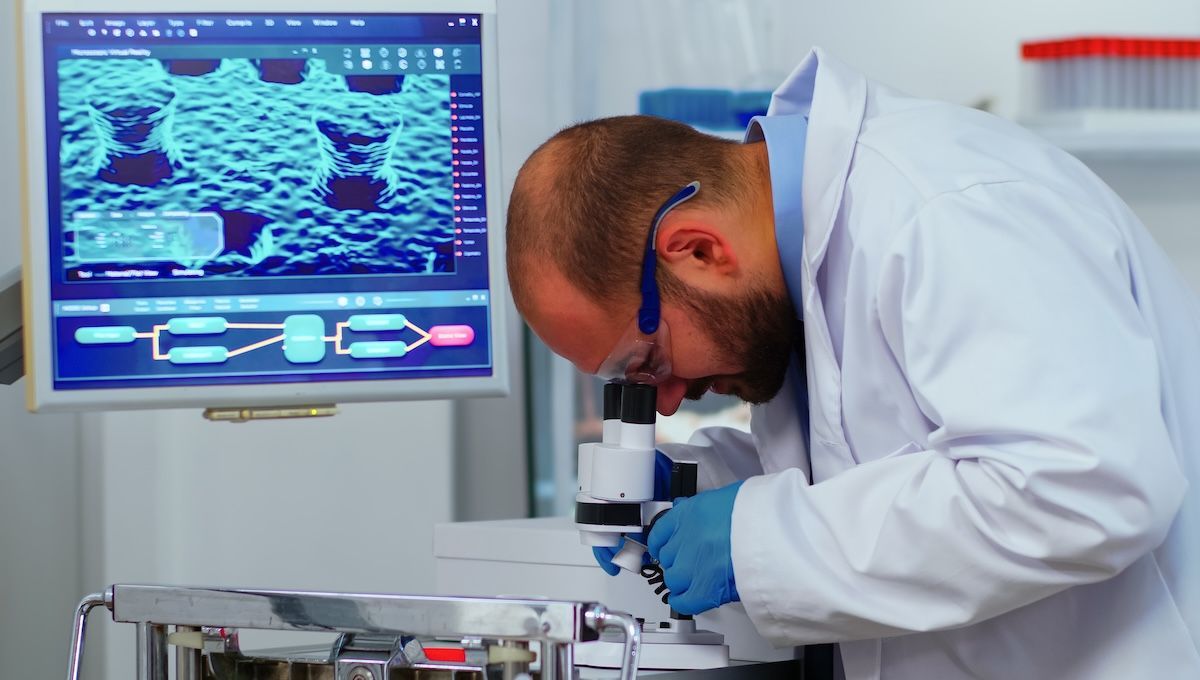Immune cells, called Macrophages, is a major component of solid tumors. Their density is decisive in the response to treatment, so it is necessary to count them non-invasively so that experts can decide. What treatment is most effective?
To meet this requirement, the National Institutes of Health (NIH) San Diego Researchers at the University of California School of Medicine awarded the team two grants. This is a help 6.7 million dollarsTo clinically test a technology that non-invasively examines and measures these macrophages.
This method is based on delivering tiny droplets of a dye to macrophages, which can then be detected Magnetic Resonance Imaging (MRI). The research team will test this technology, called TAM-Sense, in patients with recurrent head and neck tumors. This Phase I clinical study is the first time TAM-Sense has been evaluated in patients. Additionally, the team will adapt to the use of technology Positron Emission Tomography (PET)It allows images of the whole body.
“Current methods using biopsies are invasive and some tumors are inaccessible for biopsy. “There is an urgent need for new whole-body imaging technologies.”
“Visualizing a patient's inflammatory sites throughout the body can be invaluable for accurate clinical diagnosis and planning precise therapeutic interventions,” he explains. Eric Ahrens, Ph.D., Professor, Department of Radiology, UC San Diego School of Medicine. “Current methods using biopsies are invasive and some tumors are inaccessible for biopsy. “There is an urgent need for new whole-body imaging technologies,” he adds.
TAM-Sense is a liquid containing very small droplets of biologically inert dye Fluorocarbon based, which disperses into the bloodstream after injection. Macrophages detect and engulf these droplets. Accumulates in places of inflammation. A specially modified MRI scanner is used to detect the dye inside the macrophages. For the patient, the experience is similar to a standard MRI.
In addition to its use in cancer, this technology may have broader clinical applications in other diseases with a significant inflammatory component. Autoimmune disorders, cardiovascular diseases and infectious diseases. Because macrophages are often found at sites of pain in the body, imaging tools that can anatomically localize these sites may allow for more precise pain management.
“Right now, we're testing one iteration of the technology in patients, but there's a bigger story in running MRI and PET scans with unprecedented precision that could have life-threatening implications.” “The broader scope of diagnosis is holistic,” says Ahrens. “This is the first step,” he concludes.

